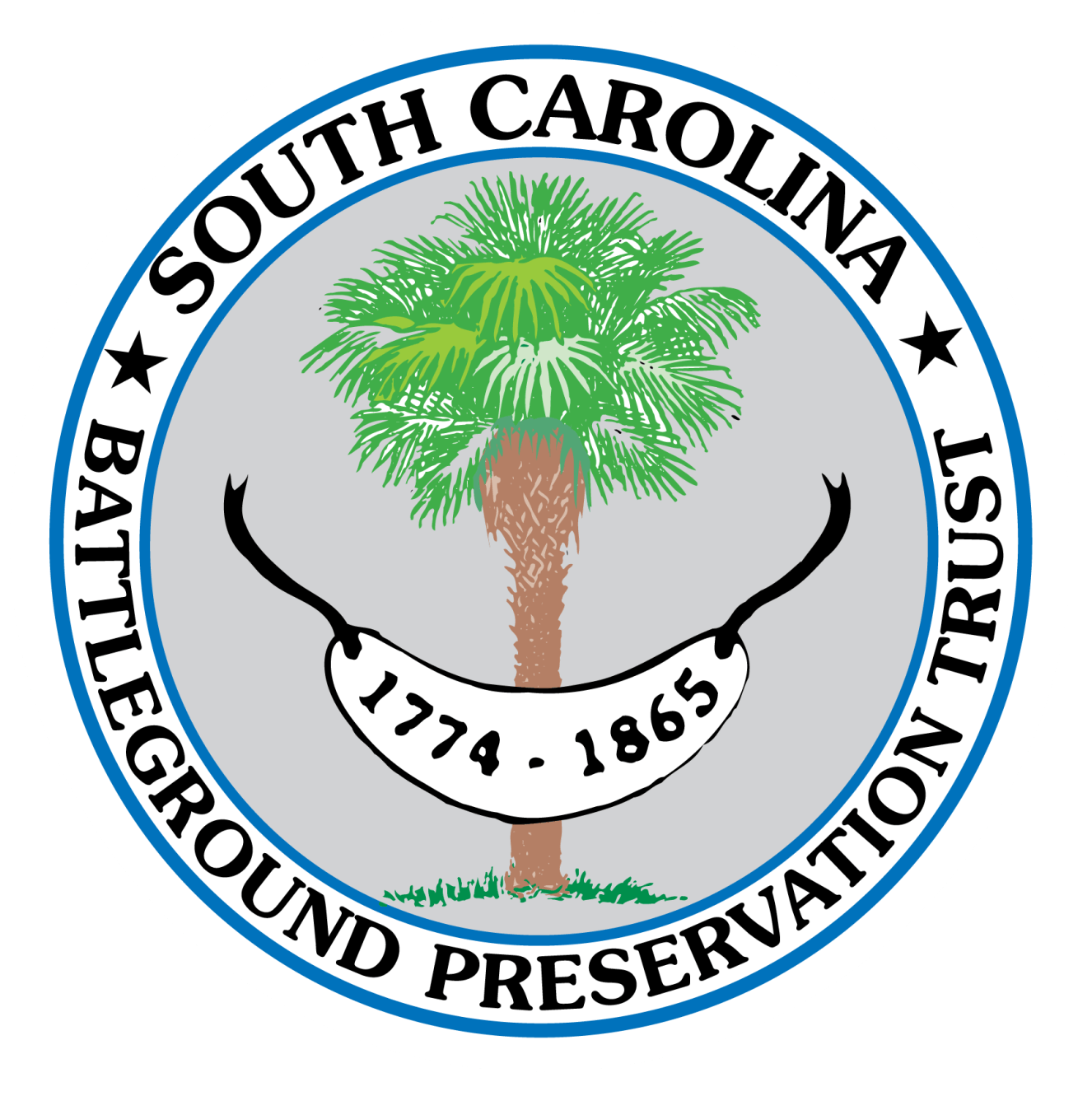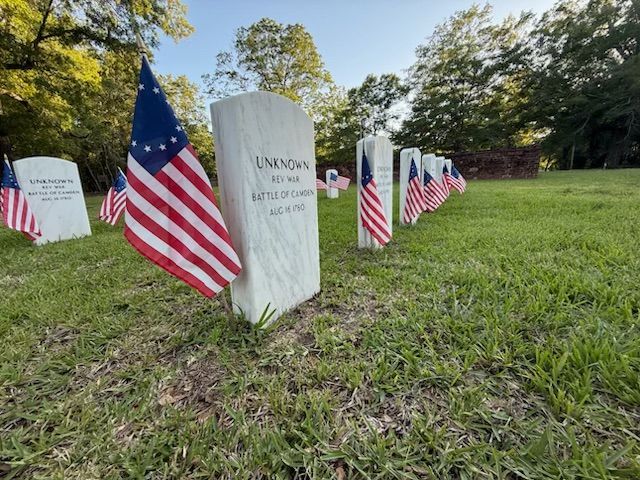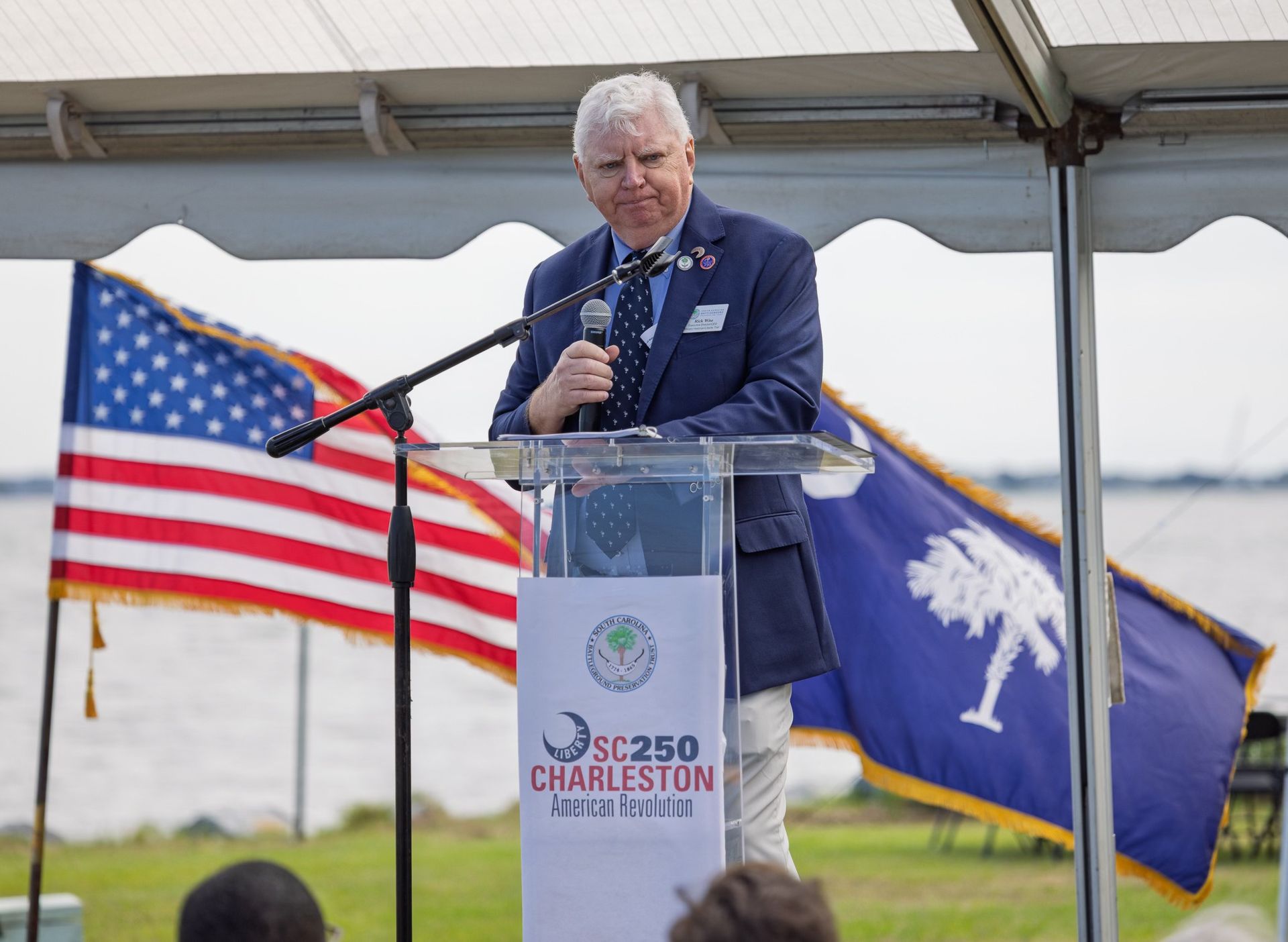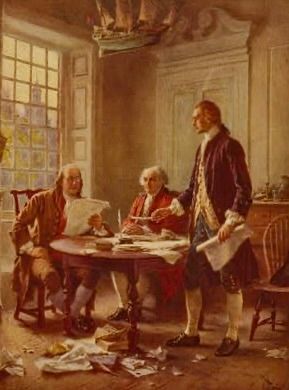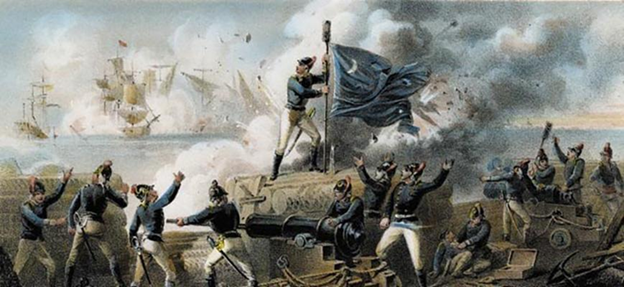Memorial Day is for All Who Fell
Get outside this Spring to enjoy enhancements that your gifts make possible on The Liberty Trail
The United States of America, in all her wars from the American Revolution to the War on Terror, has suffered over 1.1 million dead who gave their all while in service to our country. The initiative to establish a set date to memorialize the fallen came in the wake of the War Between the States (1861-1865). The act of strewing the graves of soldiers with flowers was done locally by communities and organizations both North and South, by both Black and White, but there was no national recognition day.
The concept for a day to honor the soldiers who died in the War Between the States can be traced to a Ladies Memorial Association in Columbus, Georgia. Secretary Mary Ann Williams, posted an appeal letter in the local newspaper on March 11, 1866. The intent was to get locals to help improve the local cemetery where many soldiers were buried. The letter proposed for local authorities "to set apart a certain day to be observed...and be handed down through time as a religious custom of the country, to wreathe the graves of our martyred dead with flowers." Their chosen date was April 26, 1866. And yes, the honors were to be for soldiers both Union and Confederate.
Subsequently, many have claimed to be the originator of the concept for Memorial Day. But ultimately we can turn to the “Memorial Day Act” issued by Major General John A. Logan as General Orders No. 11 on May 5, 1868, by the Grand Army of the Republic, a Union Veterans organization. The orders established "Memorial Day" as a “Decoration Day on which the nation would remember its war dead and decorate their graves with flowers.”
Interestingly enough, General Logans wife, Mary S. Cunningham Logan, may also get some credit. In her autobiography, Mrs. Logan claims to have spoken to her husband about
placing flowers on soldiers' graves after returning from a Confederate cemetery in Virginia. Allegedly General Logan felt it was "not too late for the Union men of the nation to follow the example of the people of the South in perpetuating the memory of their friends who had died for the cause which they thought just." General Logan, as the author of G.O. 11, appears to be the catalyst for making Memorial Day a national observance.
But please remember that Memorial Day is for all who have fallen on hallowed grounds across the world where American Soldiers, Sailors, Marines, and Airmen have given their all. Remember that many of the fallen are unknown, in shallow, unmarked graves on our Revolutionary War battlefields here in South Carolina and elsewhere. Take the time to reflect about them all and their sacrifice for what we have today, as we honor all on Memorial Day.
_____
Source: US Department of Veterans Affairs, National Cemetery Administration: Memorial Day
